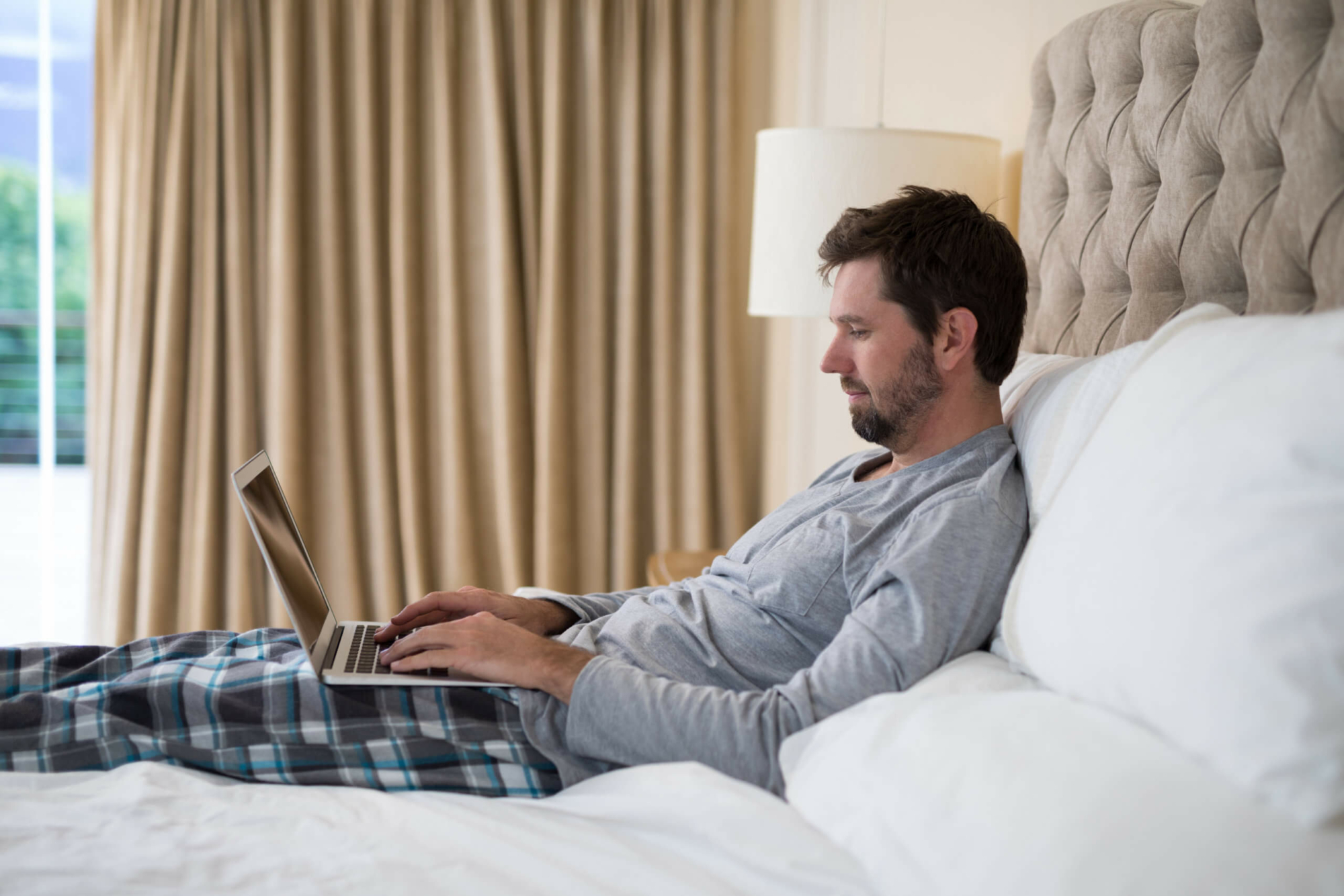Good teleworking practices have been established and routines are often good. I share seven practices that I have found to be good, some of which are even surprising.
There are two sides to every coin, and just no rule applies to every situation. Once we have found a good habit and routine, it's time to look at how to break it and make remote meetings better. We are all different, and I encourage you to be brave and try different practices - one new practice to try every week!
1. The camera is a friend, but also an enemy
The use of the camera improves interaction and has been identified as useful in many teams. It allows for a broader and better reading of each other's signals. It is generally good practice to keep the camera on.
However, keeping the camera on is also a burden when we have to be non-verbally active. If there are a lot of remote meetings in a day - and sometimes there can be almost all day - it is a good idea to take a few "voice-only" periods now and then.
2. Movement is good, and to do it, it's worth talking about
Exercise is good for your mind and you should at least do a mini jog or even go for a short walk every now and then when you're working. These are good tips. However, you don't have to take separate breaks to exercise, but you can also take short breaks during meetings. According to the Employee Exercise Barometer 2019, the third most important factor for increasing physical activity, right after financial factors, was the fact that colleagues ask you to join them and the exercise clubs. Doing things together can also be done remotely.
If it's a regular team meeting or a frequent meeting, have a small discussion about the best way for everyone to be in the meeting and possibly exercise at the same time.For example, you couldagree that stretching or a little exercise is a sign that the person is trying to participate fully and get their body in good shape - not, for example, a sign of disinterest, as we can sometimes interpret it.
Does alternating walking meetings work? Does everyone need a computer all the time? If a common electronic medium is necessary for all, is there a part of the meeting, say 15 minutes, where all or part of the meeting would be sufficient for audio-only participation? The common goal is that everyone is effectively engaged, and movement has been shown to improve and enhance thinking - although more commonly referred to as 'rest time exercise', movement can also be part of the activity.
Movement can also be simple. If you have an elevated desk, change the height. Stretch, twist your body, move around a bit. If it's windy outside, even walking inside is better than sitting.
Things become routine. The first few times it can take several minutes, but once you get the hang of it, you can switch audio from computer to phone or vice versa with virtually no interruption and no audio rotation (tips: different headphones, mute in the right place, audio already on the phone even if you use the screen, etc.).
3. Muting the microphone is a friend, but also an enemy
With the advent of remote meetings, microphone muting soon became commonplace. It's a tremendous tool and often necessary if there's a squeak in the bathroom next door or children screaming.
As a result, many people have developed the habit of keeping their mics muted at all times. Sometimes this is necessary, but it also has a negative impact on interaction:
- The threshold for small comments and lines is raised, resulting in longer speeches and slower conversations
- The so-called 'minimum feedback' is not given, the little nods of approval and smiles that we naturally use to signal that we are listening. These convey not only acceptance but also, for example, ambiguity or confusion, so that the speaker may notice that you need to clarify the point in question.
- There are no shared laughs.
These affect the flow of the message and dampen the mood, even if they are small things. The atmosphere becomes more formal than it would otherwise be when deliberate, even speeches follow one another without the liveliness of direct interaction.
I prefer to keep the mics open in most situations - except, of course, when someone is in the room with background noise. Especially in smaller meetings this is clearly a better solution, and I have had many meetings of 10-15 people where keeping the mics open has created a good collective vibe. I was once in a meeting of 100 people where this was done, but of course there are limitations.
4. The full screen ensures concentration - or does it?
Viewing other participants' images at full screen or through a very large window can provide a stronger connection, but it also causes strain, according to the study. This is because the combination of face size and distance on a screen is easily one that our brains interpret as being very close and therefore in personal territory.
The solution to this is to reduce the size of the video meeting window. Another workable one is to use an external keyboard with a laptop to help move the screen further away from the eyes.
5. Seeing your own picture is a burden
At the beginning of the meeting, it can be nice to check how the picture is cropped or if the collars are crooked. After that, however, looking at your own picture is more of a hindrance than a help. It's like having a human-sized mirror in front of you to look at yourself. Seeing oneself constantly has been shown to increase self-criticism, as well as being a burden.
The solution to this depends on the video conferencing used, but in general it is possible to hide one's own image. If necessary, you can put another window corner on top of it, if the software does not allow you to hide your own image.
6. Attention can also be divided - chat is a friend
There is often a tendency to focus on the conversation and the simultaneous use of other media distracts from this. There are situations where oral communication alone is the best way. However, you can start to test the limits of this:
- What if you had a virtual meeting with chat alongside you all the time?
- Could we agree to put some things in the chat and others in the talk?
Shared text media can even engage people better in a meeting, especially in situations where there are a lot of participants and there is not enough time to talk. Indeed, if a discussion does not allow for a short period of participation, it is tempting to do a little work in between - a more immediate opportunity to interact helps to focus more on the issue at hand. So parallel media does not necessarily disperse attention, but can also focus it.
How could chat work for us? Interacting in both speech and text at the same time is a different experience from a traditional meeting. For some groups it works well in their routines, for others it is more alien. I recommend experimenting and, when doing so, stopping occasionally to assess how the method is working or how it could be improved.
7. Immediate visual feedback boosts energy
Often there is discussion and sometimes a presentation of material - sometimes maybe ideas or work on a shared whiteboard or document. These are good practices. However, activation and doing is even more important in remote meetings than in face-to-face meetings, precisely to overcome the remote working apathy and improve interaction. Zoom has a great tool for this: annotate allows participants to annotate any image presented with, for example, symbols, drawings and text (the tool is called annotate and must be active in the meeting creator's settings). Using it, there is no need to go to a separate common tool, but when showing any presentation, you can ask for quick comments on the topic, either as free comments or even as symbols or on an axis. Other video conferencing solutions have their own techniques.
The key is to make natural, quick ways to comment or participate. In a meeting of eight people, a small comment from everyone often takes several minutes, but everyone throws up a header or question mark very quickly. This allows discussion and valuable time to be left to those points that benefit most from explicit oral debate.
Finally
Of these, points 1, 4 and 5 have been identified in a peer-reviewed study as significant factors associated with "Zoom fatique".
Routines are good, but sometimes they need to be aired. Probably some of our habits are good and effective, and some are worth developing. What about trying something new? Do we do something because it's the best way, or just because it's become a habit?
If this post provokes thought, I'd love to hear your comments! What other practices are worth shaking up? What are your experiences with these topics?


